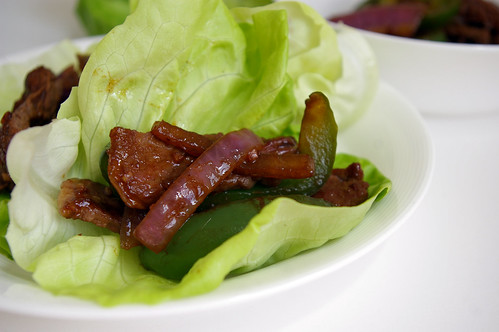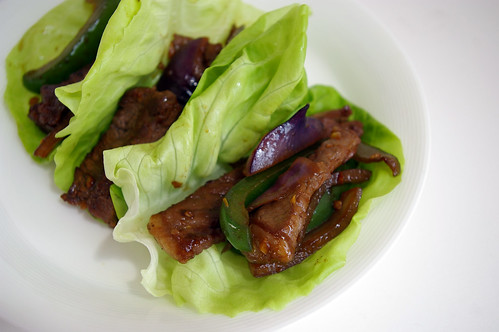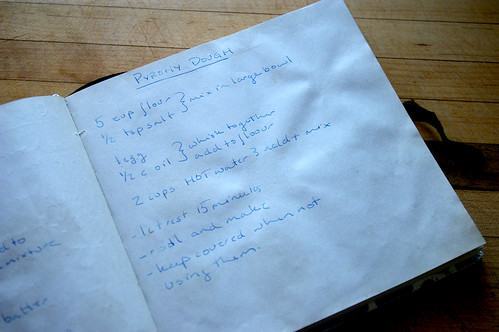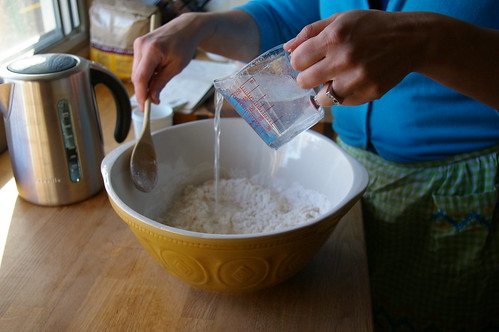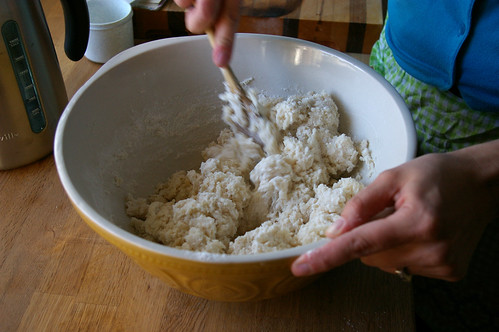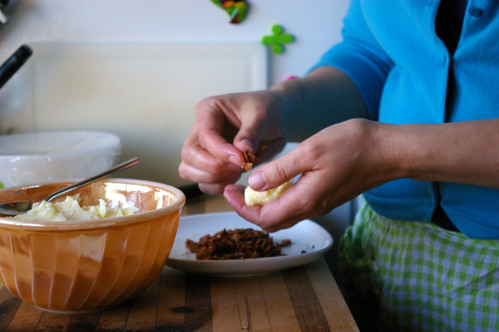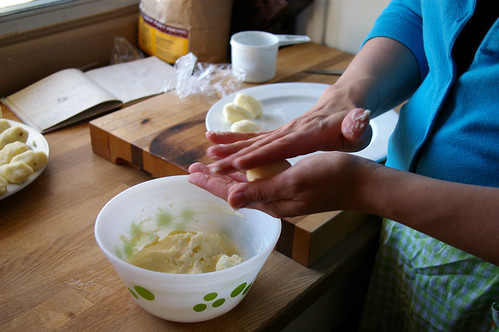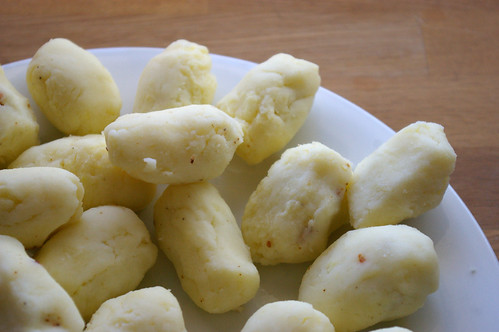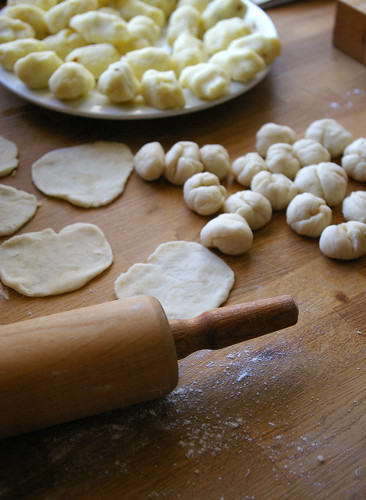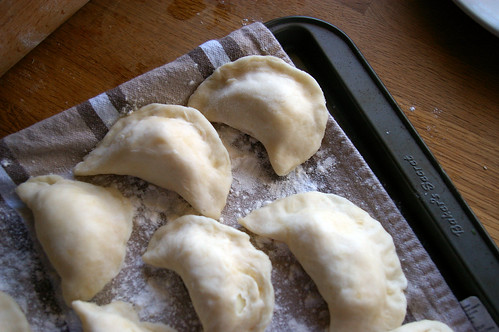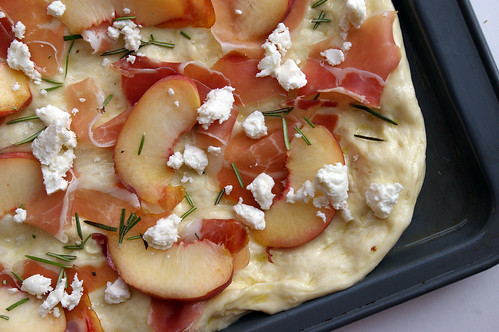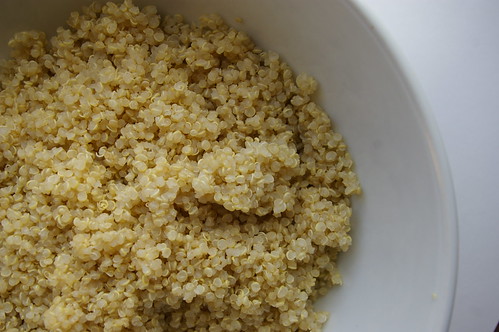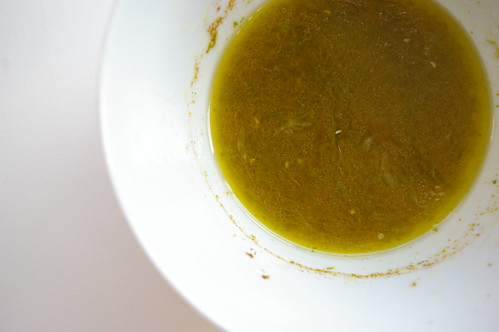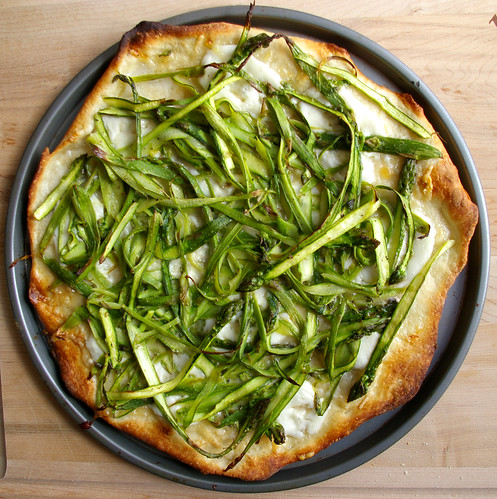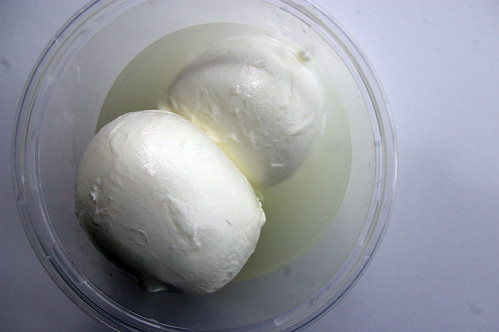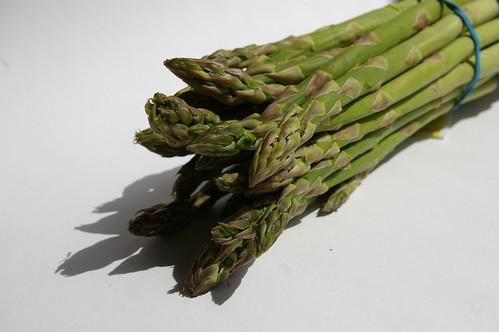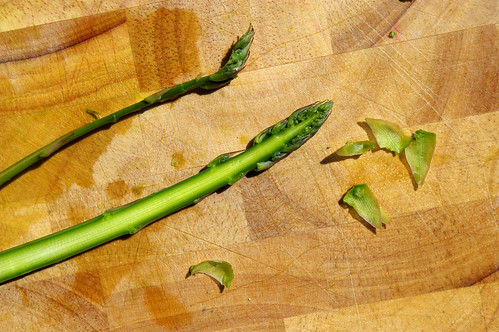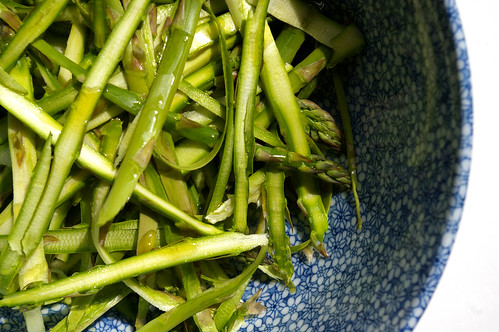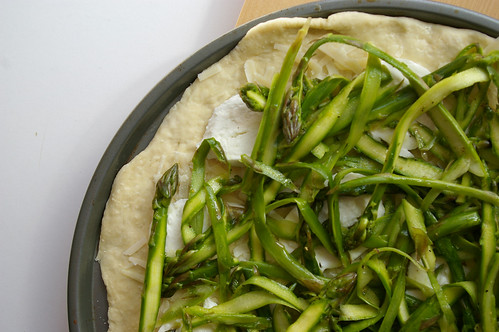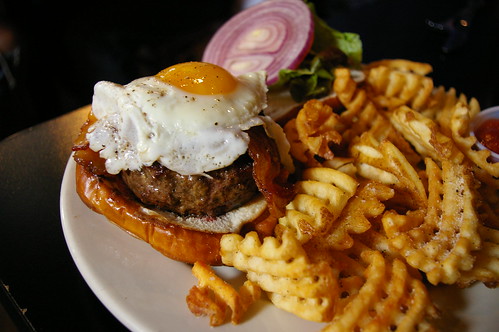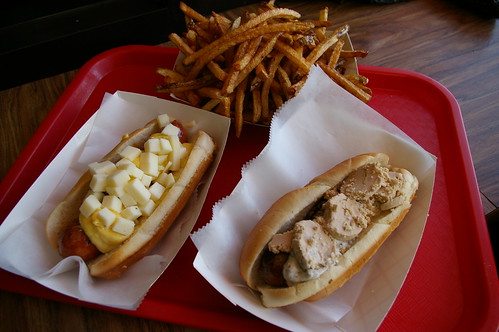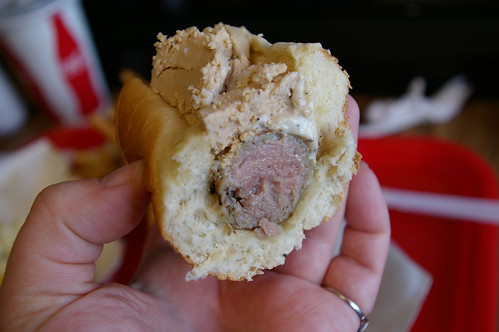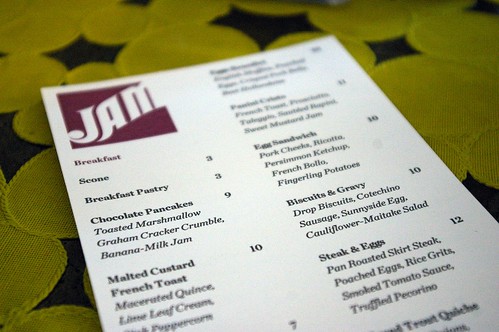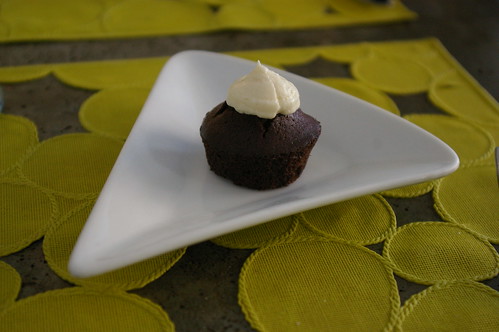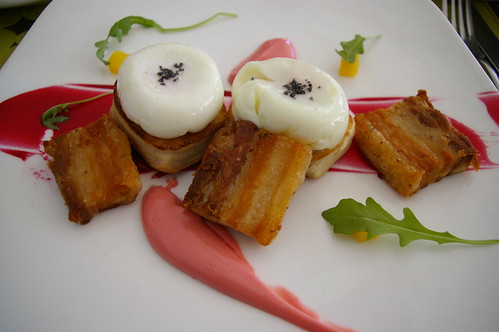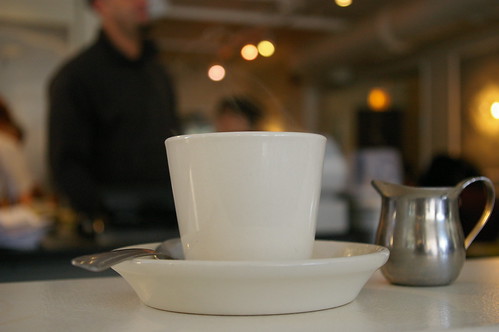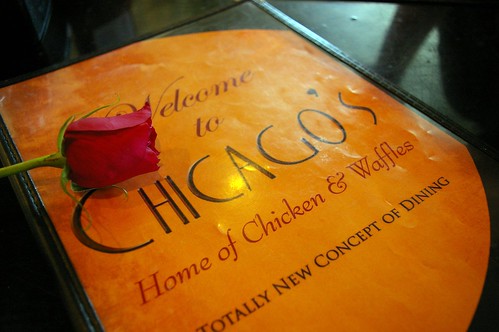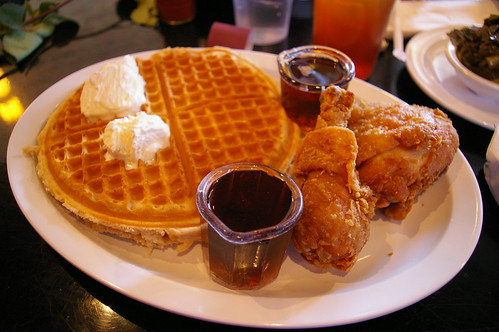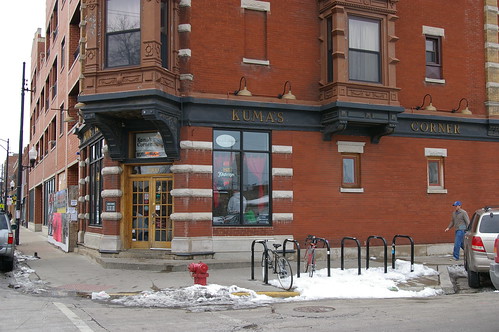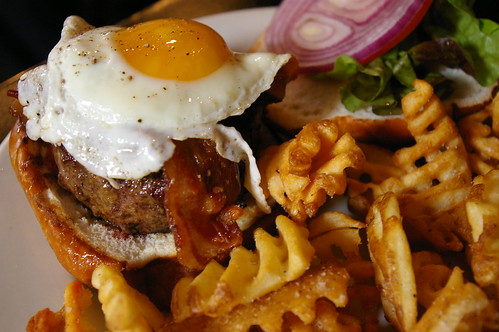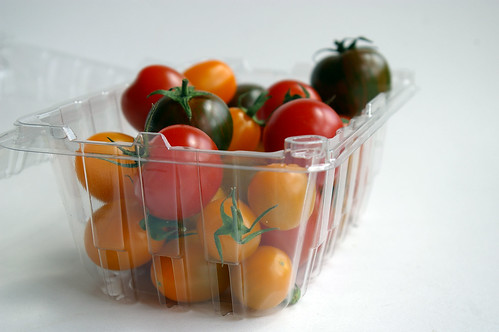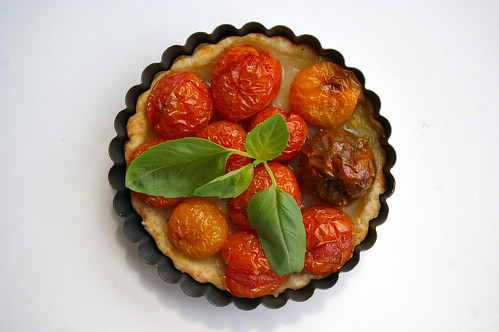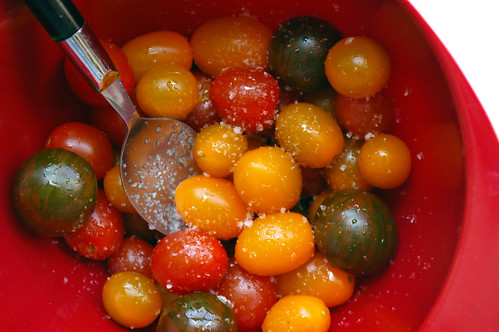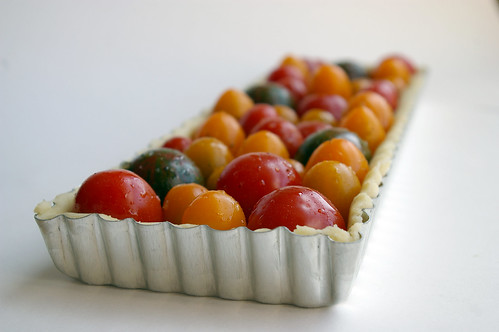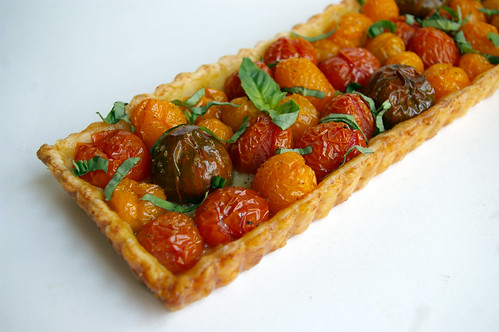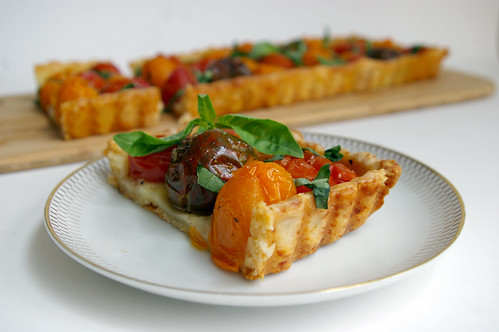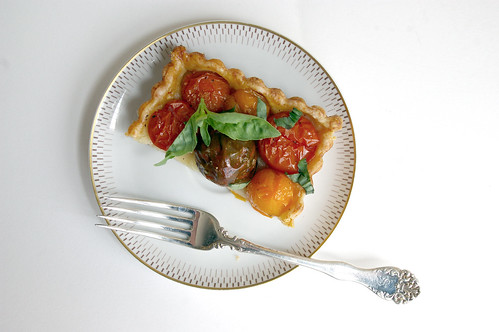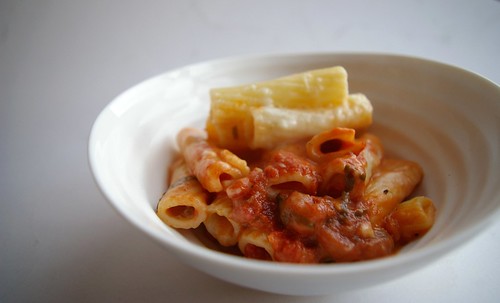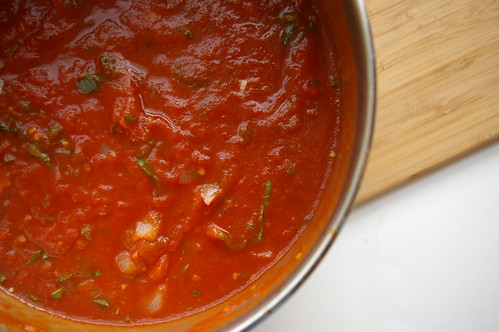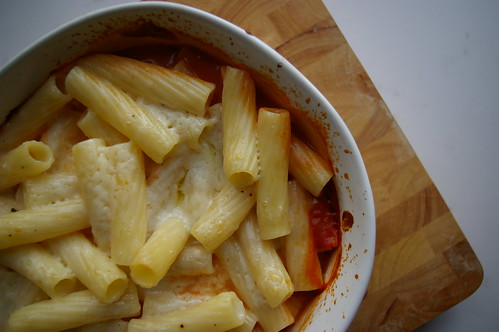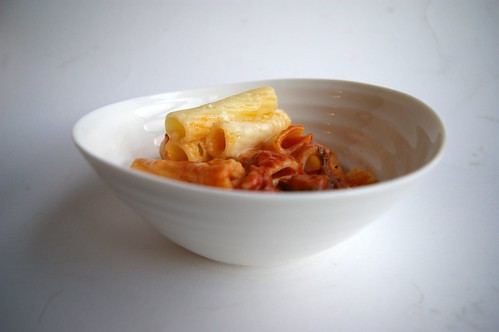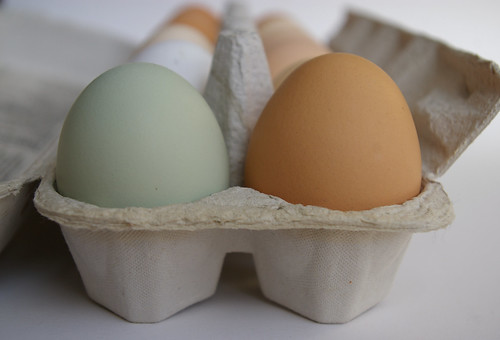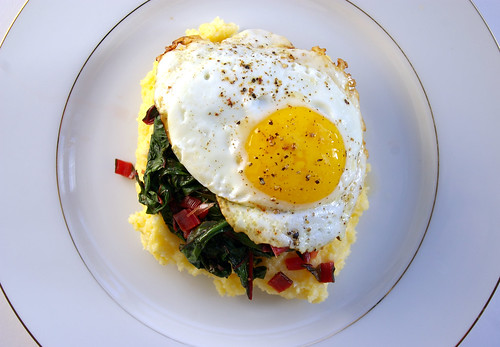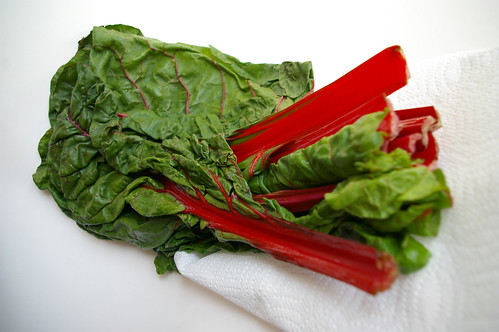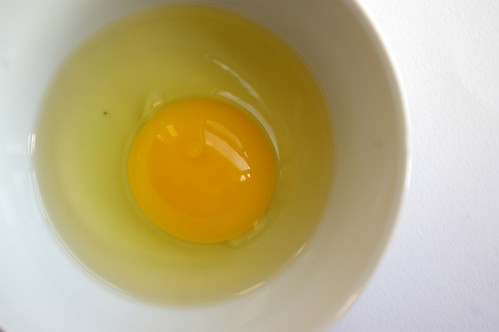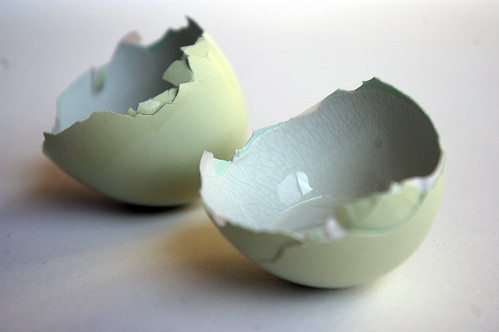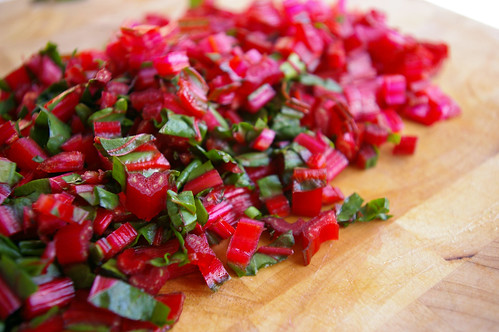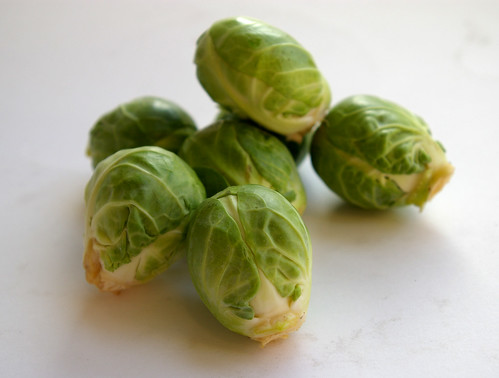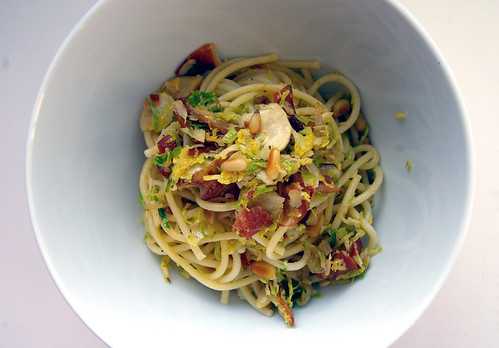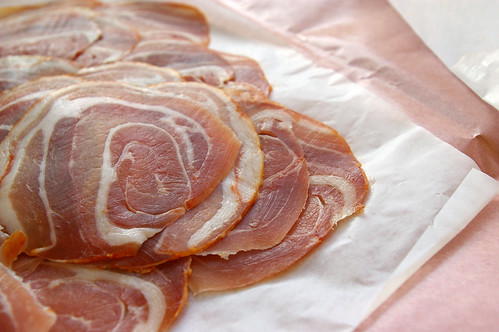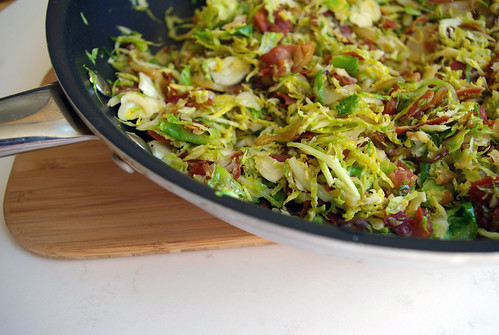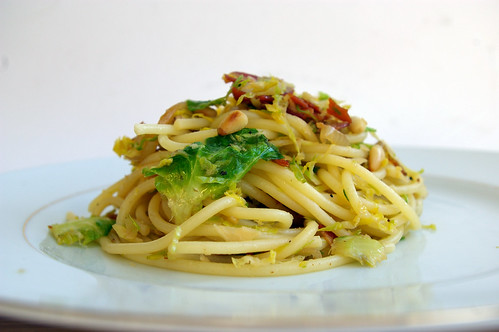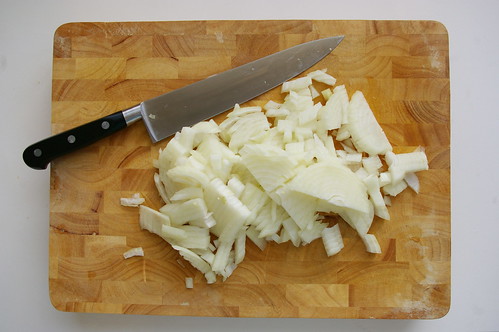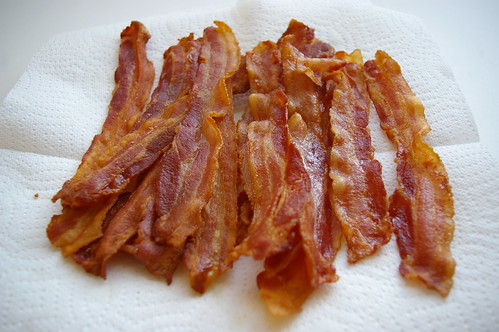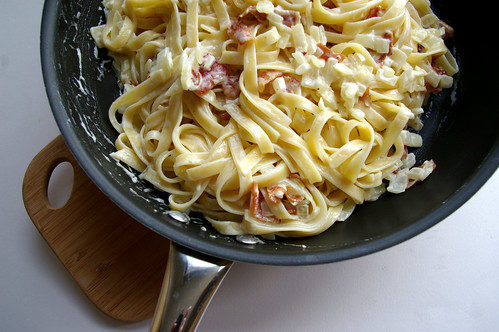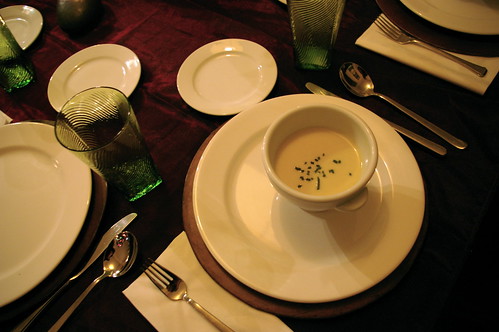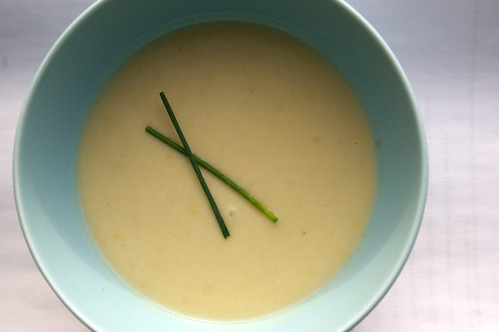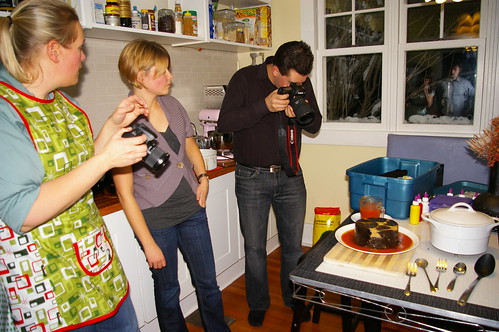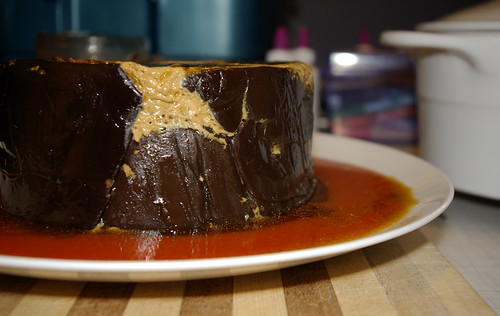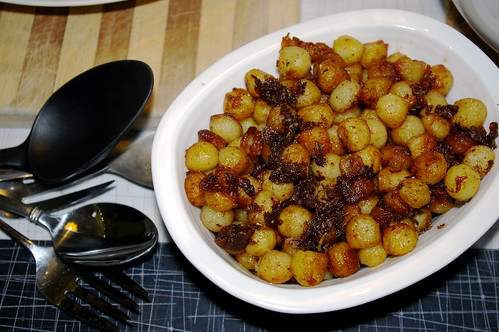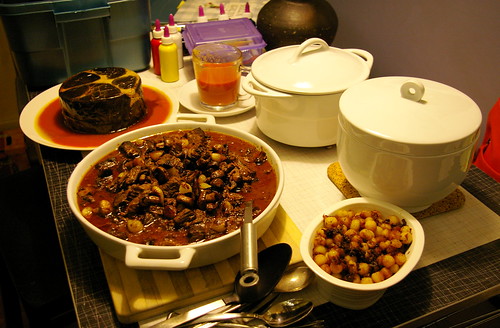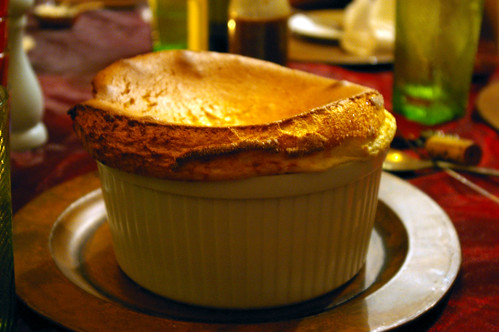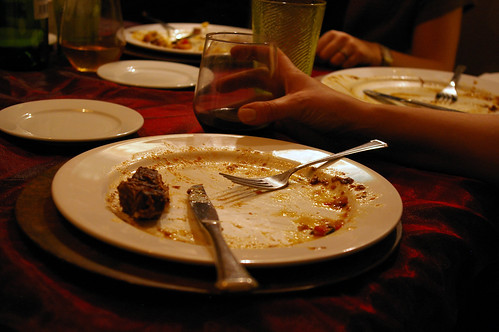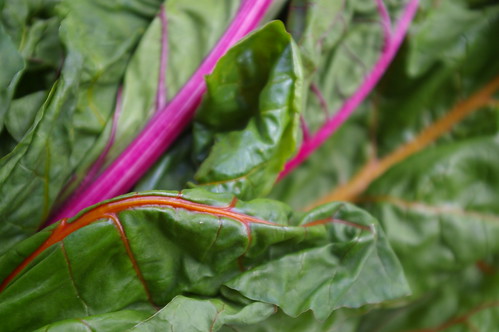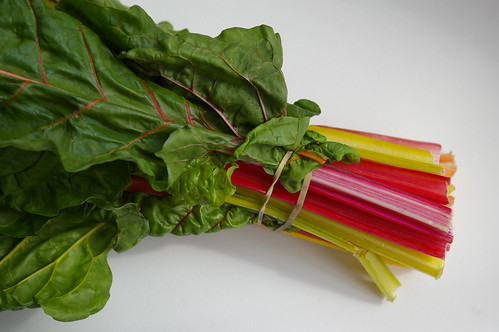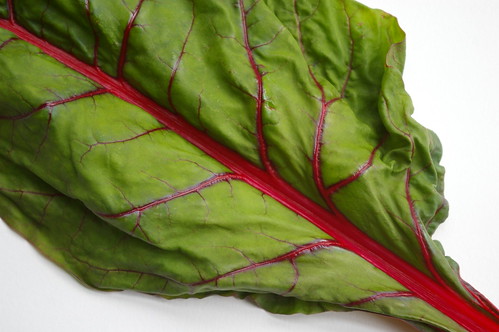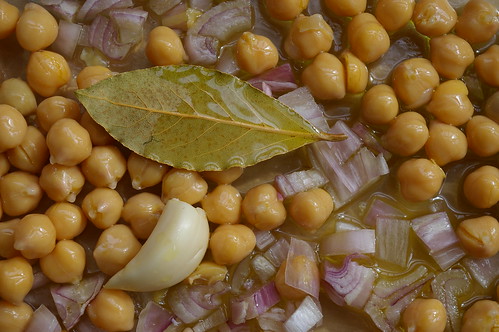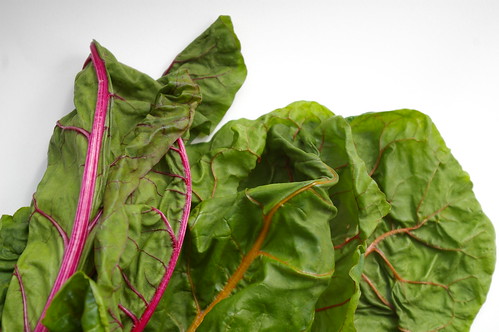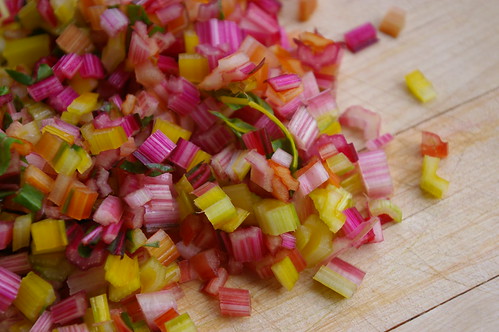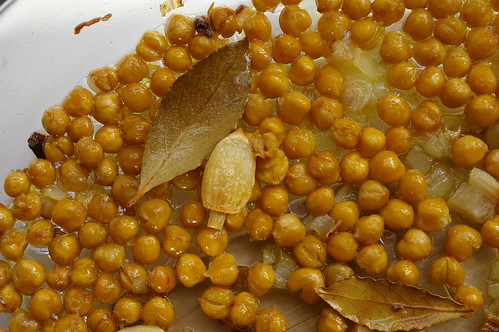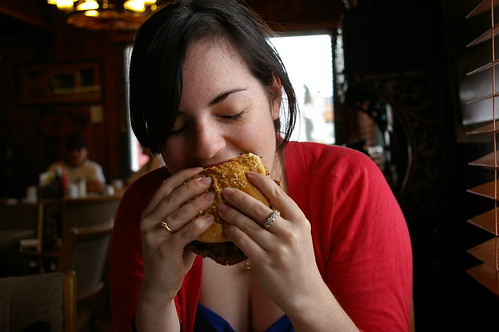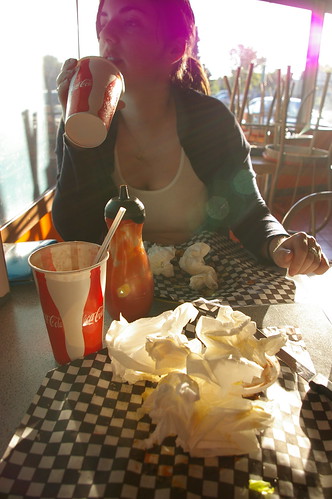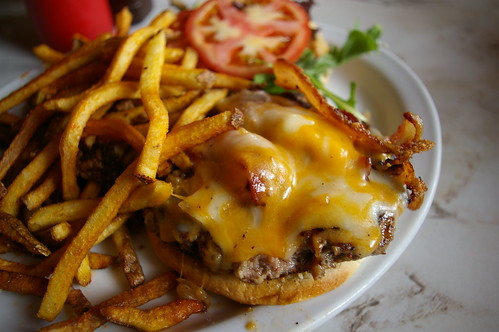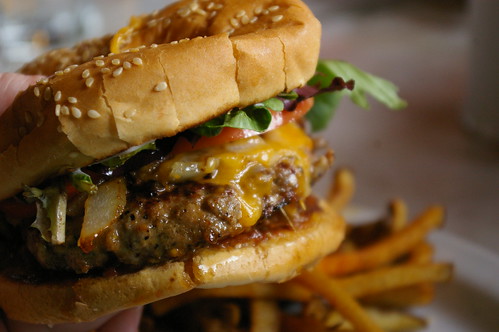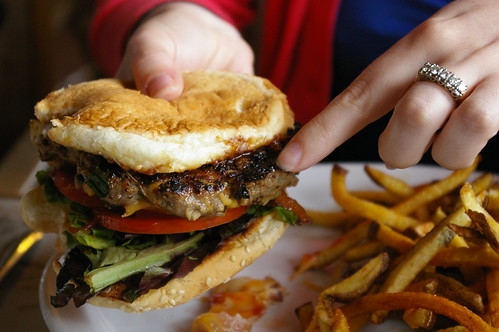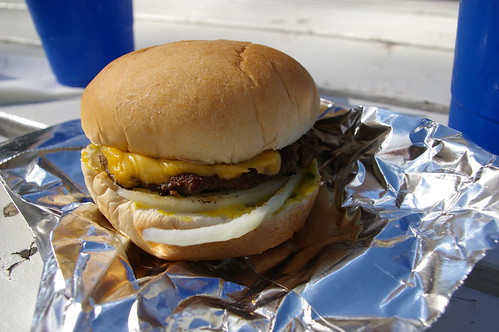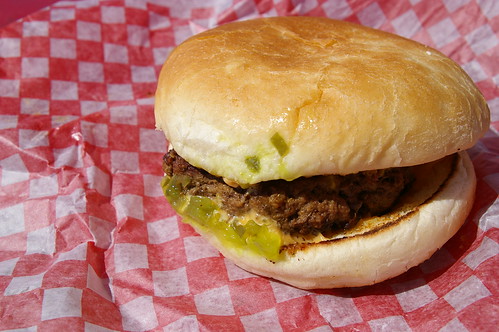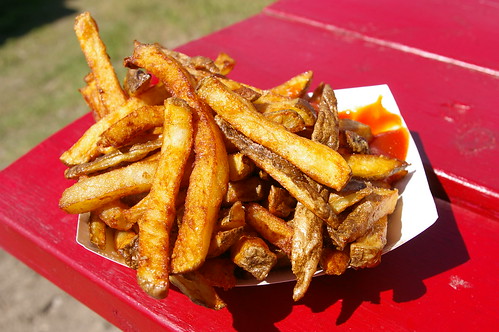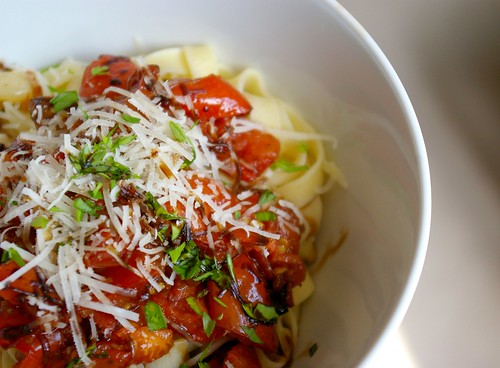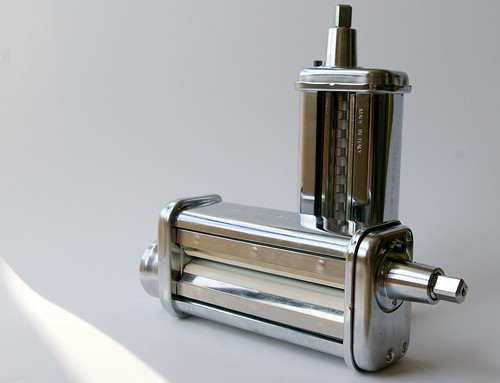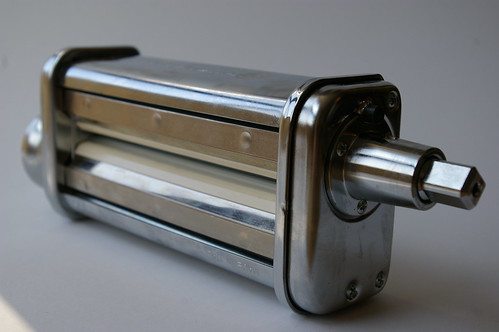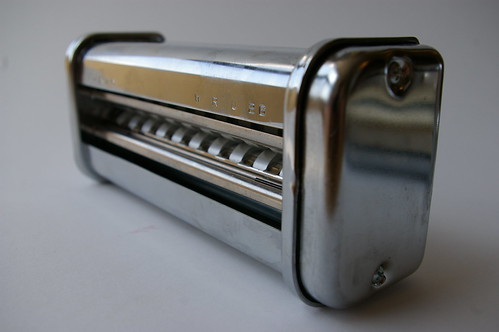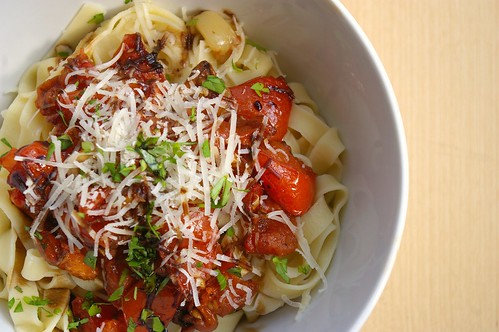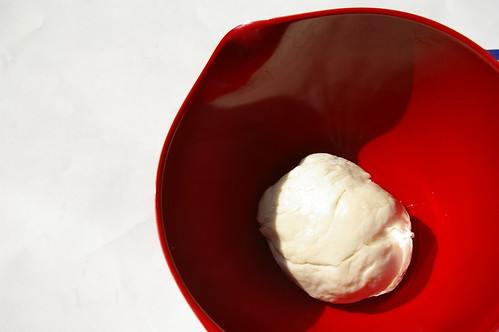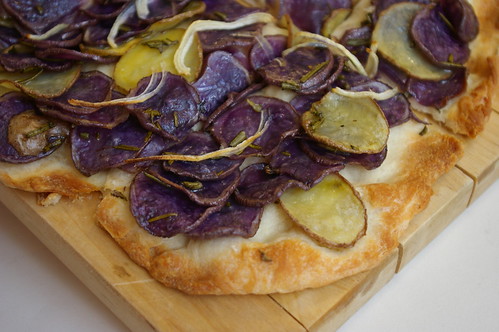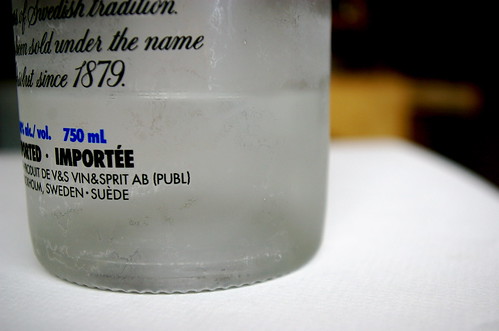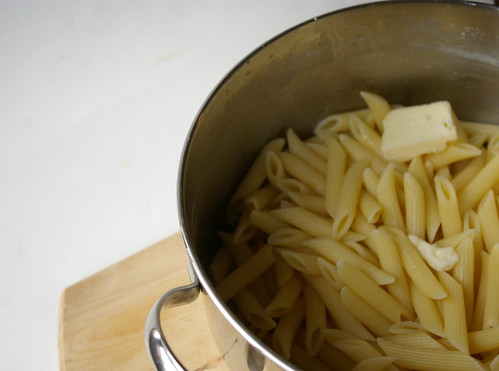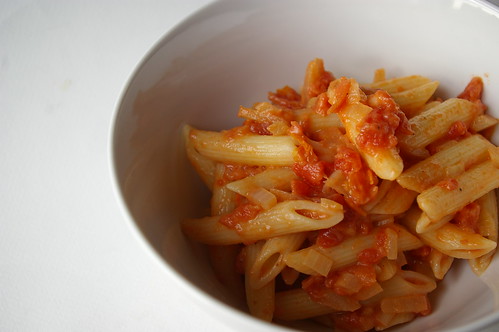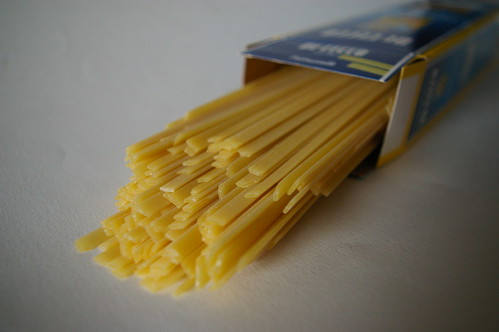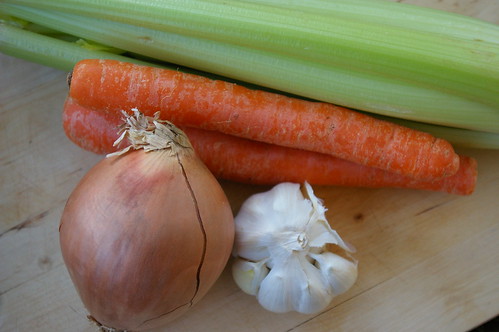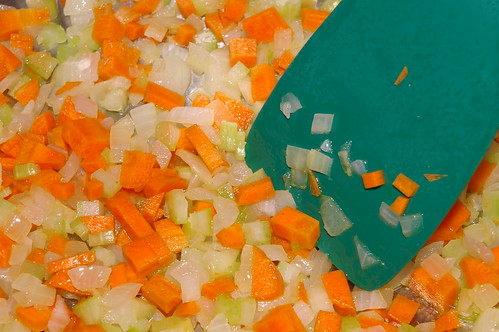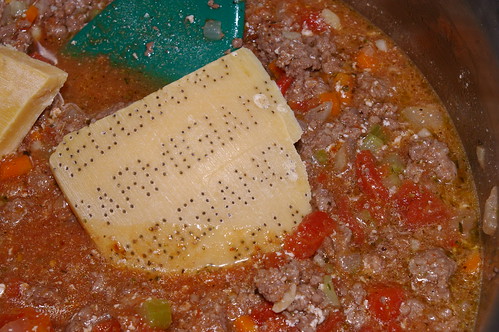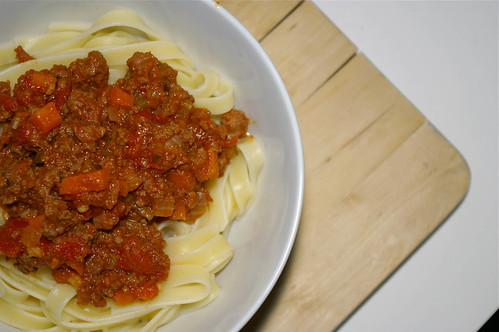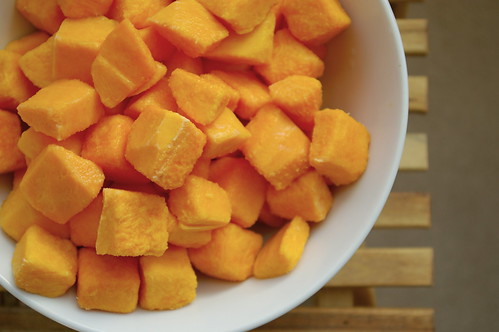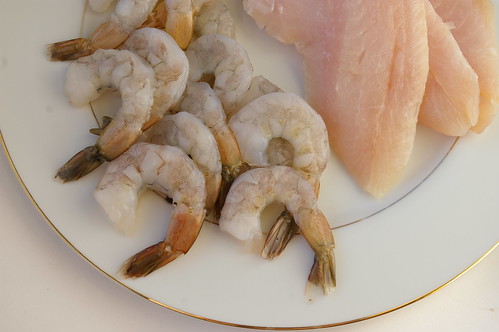I had never tried Korean food before I moved to Calgary.
There had been Thai and Vietnamese, Japanese and Chinese, of course. But in all my opportunities to eat Asian food, there had been no kimchee or bulgogi.
And then a group of friends formed an ad hoc supper club where we would all go out for dinner on Thursday nights, typically for ethnic foods.
We dined on Indian and pho and then, finally, a Korean place where I had my first taste of beef bulgogi.
I didn’t know what to expect, but was in beef heaven by the time I took that first bite. The marinated short rib meat was almost as soft as butter, flavoured with ginger, garlic, soy and sesame. I wedged it into crisp, cold lettuce leaves and savoured each bite. (Or as much as I could, as it was so fantastic it was hard to remember to eat slowly.)
I went back a couple of months later and there was only one thing on the menu I wanted.
Later, I stumbled on a recipe in my oft-thumbed Everyday Food cookbook (Clarkson Potter, March 2007) for a version of beef bulgogi. Instead of the more traditional Korean short ribs, it called for thinly sliced rib-eye and it required no ingredients more exotic than sesame and chili oils and some staples found in most kitchens: brown sugar, soy, ginger, garlic.
Craving the taste again of that distinct mix of salty soy, garlic and the hint of sweet from the brown sugar, I thought it was worth a try.
The book now cracks open to that page, left slightly spattered by being set too close to the fry pan when cooking — the sign of a successful recipe.
At home, the first time I tried this out, I couldn’t be bothered with the lettuce wraps; it seemed too fussy for eating in front of the TV. So, I just put a couple of scoops of it on cooked rice and ate it with chopsticks. The rice soaked up the extra sauce, making for a very satisfying and flavourful meal. (And the leftovers were a nice lunch at work the next day.)
But I also like the idea of rolling up the beef and onions and peppers in soft butter lettuce, so this time around I did exactly that.
The leaves of butter lettuce (or Boston lettuce, as it is also known) are tender and pliable, making them a perfect container for the bulgogi mixture. The thin leaves also don’t interfere with the flavours and softness of the meat.
Either way, it’s a delicious and fast way to taste Korea.
And one I’ll come back to again and again.
Beef Bulgogi
This recipe from Everyday Food calls for hot chili sesame oil, which I have never found in my grocery store travels. Instead, I use half sesame oil and half chili oil. In a pinch, you can use all sesame oil and a dash of red pepper flakes.
- 1½lbs (750g) rib-eye steak, trimmed of excess fat
- 1/4 cup (50 mL) soy sauce
- 1½ tsp (7 mL) sesame oil
- 1½ tsp (7 mL) chili oil
- 2 tbsp (25 mL) dark brown sugar
- 6 garlic cloves, minced
- 1 tbsp (15 mL) finely grated, peeled fresh ginger
- 2 medium red onions, halved and cut lengthwise into 1-inch (2.5-cm) wedges
- 1 green bell pepper, seeds and ribs removed, sliced into ½-inch (1-cm) strips
- 4 tsp (20 mL) vegetable oil, divided
- 1 small head Boston (also known as butter) lettuce
Freeze the beef for 20 minutes; transfer to a clean work surface. Slice diagonally (across the grain) into 1/8-inch (3-mm) thick strips.
In a small bowl, whisk together the soy sauce, sesame and chili oils, brown sugar, garlic and ginger. Place the onions and peppers in a small bowl; toss with half the soy marinade. Toss the steak in the remaining marinade; let stand for 15 minutes
Heat 2 tsp (10 mL) of the vegetable oil in a large non-stick skillet over medium-high heat. Add the onions and peppers; cook until softened, about 5 minutes. Transfer to a plate. Wipe the skillet clean with a paper towel.
Heat the remaining 2 tsp (10 mL) vegetable oil over high heat. Cook half the meat, turning often, until browned, about 2 minutes. Transfer to a plate. Cook the remaining meat. Return the first batch and any accumulated juices to the pan; add the onion mixture. Cook, tossing, until heated through, about 1 minute.
To serve, roll up the beef mixture in lettuce leaves.
Serves 4.
This first ran in the Calgary Herald. For more recipes and food stories, check out www.CalgaryHerald.com/life.

